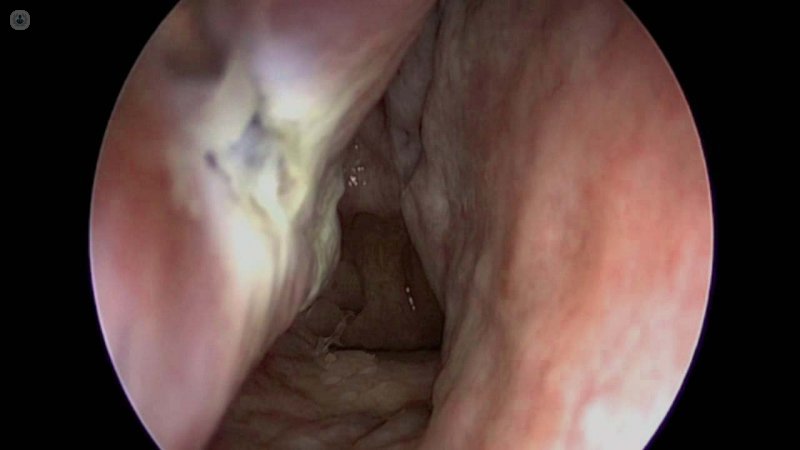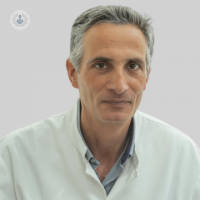Radiofrequency surgery to breathe better
Written by:Radiofrequency surgery, better known by turbinoplasty, is a technique of otolaryngology and aims remodeling inferior turbinates, which are inside the nose to improve breathing patient.

RF is used for volume reduction of the turbinates. This is a form of electromagnetic energy, when applied through an electrode to the structures of the nose produces an increase in tissue temperature, with minimal damage to nearby structures. After a few days, the volume of the operated tissues is reduced.
The turbinates are structures formed by a sheet of coated surrounded by bone and blood vessels of nasal mucosa. Its function is to humidify, filter and heat the air passing through our nose. Sometimes the turbinates can take larger than normal (hypertrophy), altering the respiratory functions.
Turbinate hypertrophy produces nasal obstruction in patients who present, forcing the patient to breathe through the mouth, especially at night or when you are asleep, causing other symptoms such as dry mouth, snoring or sleep apnea syndrome. The increased size of the turbinates may be due to several factors among which are allergy and rhinitis much.
Surgery
The surgery is performed through the nostrils and under local anesthesia on an outpatient. In most cases, this precise nasal packing is minimal or no removal required since it removes only. The procedure involves inserting a bipolar probe in the turbinate and deliver radiofrequency each turbinate.
Complications of such surgery are minimal, since the nasal mucosa does not injure. It may appear bleeding requiring nasal packing place. Synechiae may also appear - flanges between the walls of the nasal cavity and the nasal septum - which may require its section in a second operating time.
After surgery, the patient should keep a rest during the first days and wash with saline solutions to clean the scabs scar.


